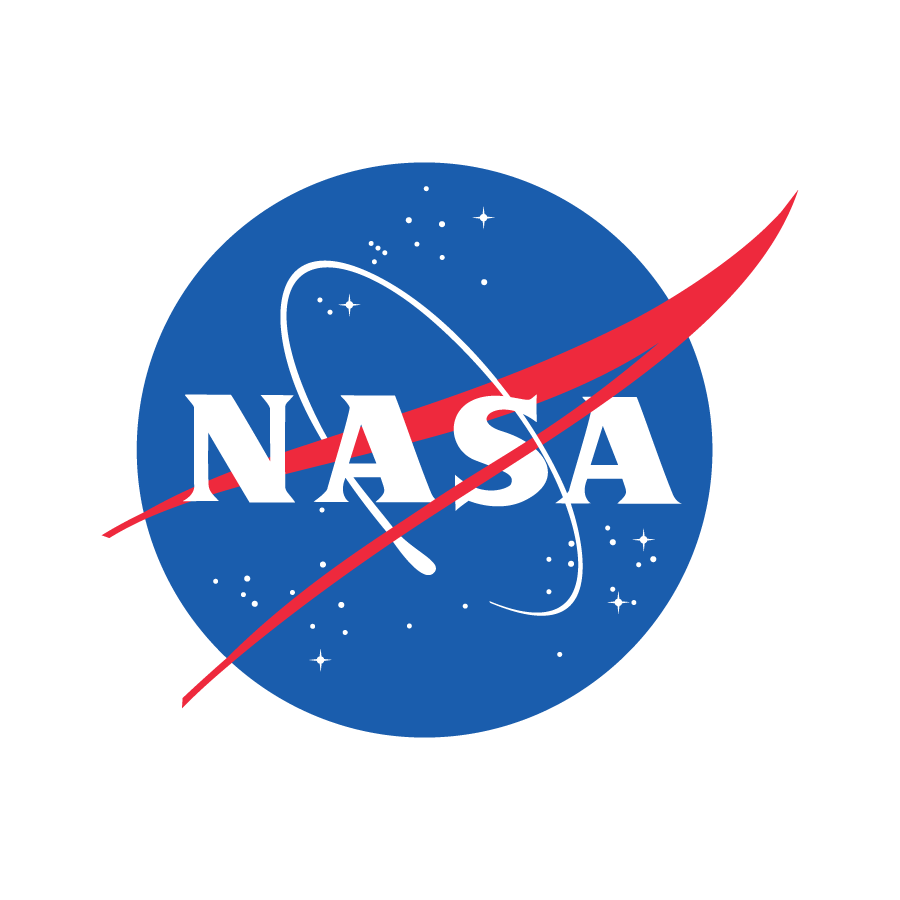2 min read
ROSES-18 Amendment 10: Final text released for program element A.4 Terrestrial Ecology Arctic-Boreal Vulnerability Experiment – Phase 2.
The Terrestrial Ecology (TE) Program uses airborne and space-based observations to understand how Earth’s carbon cycle and terrestrial ecosystems respond to environmental changes and human intervention. The goals of the NASA TE Program are to improve understanding of the structure, function, and productivity of terrestrial ecosystems across the globe, their interaction with the atmosphere and hydrosphere, and their role in cycling the major biogeochemical elements and water. The program addresses the spatial and temporal variability of terrestrial ecosystem states and processes, how terrestrial ecosystems and biogeochemical cycles respond to and affect global environmental change, and what future changes might be expected in carbon cycle dynamics and ecosystems. The research approach combines (i) use of remote sensing to observe and analyze changes in terrestrial ecosystems; (ii) field campaigns and related process studies to elucidate ecosystem functions at multiple scales; and (iii) data assimilation and modeling to analyze and predict ecosystem and biogeochemical cycle responses to environmental change. The program seeks to strengthen the theoretical and scientific basis for measuring Earth surface properties using reflected, emitted, and scattered electromagnetic radiation and develop the methodologies and technical approaches required to analyze and interpret such measurements.
NASA is initiating ABoVE Phase 2 by soliciting proposals that continue these ecosystem dynamics research objectives, with an increased interest in projects that advance its ecosystem services and modeling objectives. ABoVE Phase 2 research is solicited in four areas: (1) Analyzing remote sensing data collected during the 2017 ABoVE Airborne Campaign (AAC) to develop the data products required to improve understanding of ecosystem dynamics; (2) Developing a better understanding of the ecophysiological basis of the relationships between surface and satellite measurements of Solar Induced Fluorescence (SIF) for northern ecosystems and its link to ecosystem productivity; (3) Continuing research on the societal impacts of changes to Arctic and boreal ecosystems; and (4) Integrating research results from ABoVE into a coherent modeling framework to diagnose and predict ecosystem dynamics and the consequent societal impacts of changes to the ecosystem. Phase 2 also includes the (5) opportunity for a person (or persons) to serve as the ABoVE Science Team Lead(s).
Notices of Intent are requested by June 18, 2018 and the due date for proposals is September 7, 2018.
Questions concerning this program element should be directed to Hank Margolis at hank.a.margolis@nasa.gov.





